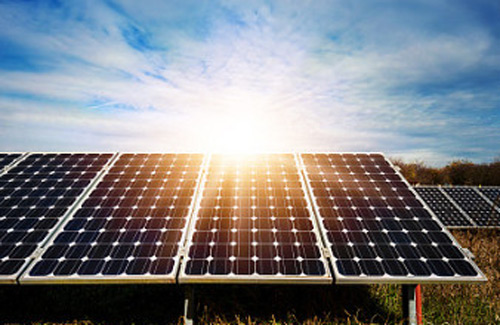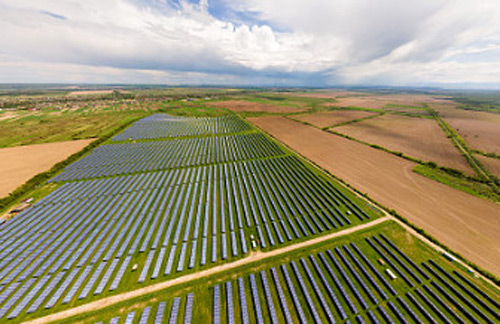The Latest Research on Photovoltaic Panels
Currently, researchers are working on three main areas of photovoltaics research: crystalline silicon, perovskites and flexible solar cells. The three areas are complementary to one another, and they have the potential to make the photovoltaic technology even more efficient.
Crystalline silicon is the most commonly used semiconducting material in solar panels. However, its efficiency is much below the theoretical limit. Therefore, researchers have begun to focus on developing advanced crystalline PVs. The National Renewable Energy Laboratory is currently focusing on developing III-V multijunction materials that are expected to have efficiency levels of up to 30%.
Perovskites are a relatively new type of solar cell that have recently been shown to be effective and efficient. These materials are also referred to as "photosynthetic complexes." They have been used to increase the efficiency of solar cells. They are expected to become commercialized within the next few years. Compared to silicon, perovskites are relatively inexpensive and have a wide range of potential applications.
Perovskites can be combined with silicon materials to create an effective and durable solar cell. Perovskite crystal solar cells can be 20 percent more efficient than silicon. Perovskite and Si-PV materials have also shown record efficiency levels of up to 28 percent. In addition, researchers have developed bifacial technology that enables the solar cells to harvest energy from both sides of the panel. This is particularly beneficial for commercial applications, as it saves money on installation costs.
In addition to perovskites, researchers are also exploring materials that can act as charge carriers or light absorbers. These materials can also help to make solar cells more economical. They can also help to create panels that are less susceptible to damage.
Researchers are currently working on creating an extremely efficient Tandem Perovskite solar cell. This cell is expected to be commercialized in the next couple of years. The researchers are collaborating with the U.S. Department of Energy and the National Science Foundation.
In addition, researchers are also working on new methods of harvesting solar energy in the dark. These methods include solar distillation, which uses the heat from the panel to purify water. These techniques are being tested at Stanford University.
Researchers are also investigating the use of thermoradiative PV devices. These devices use heat from the panel to generate electricity at night. This technology can be particularly useful in cold climates where panel efficiency is limited. The temperature of the cells can increase to more than 25degC on a dark rooftop. The cells can also be cooled by water, which makes them more effective.
These researchers have also recently discovered the use of flexible solar cells. These panels can withstand submersion in water and are extremely lightweight. They are also able to withstand being run over by a car. Their research is supported by the Eni-MIT Alliance Solar Frontiers Program. They have also been able to develop a new method of testing PV cells.
The latest research on photovoltaic panels is focused on developing technologies that are more efficient, less expensive, and more durable. These research efforts are being carried out by a wide range of groups in the United States and around the world. The most promising technologies include second-generation thin-film solar cells and flexible solar cells.



Post time: Dec-26-2022







